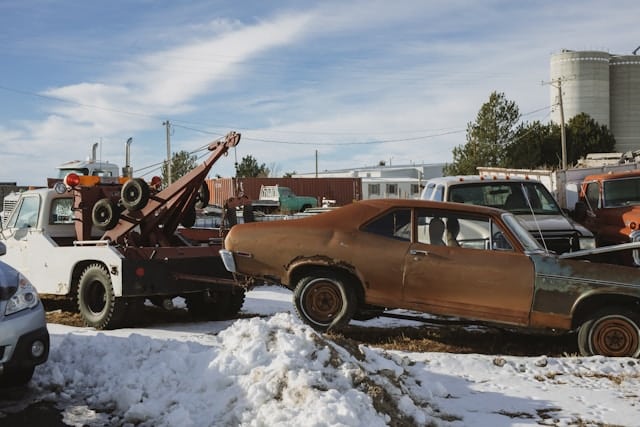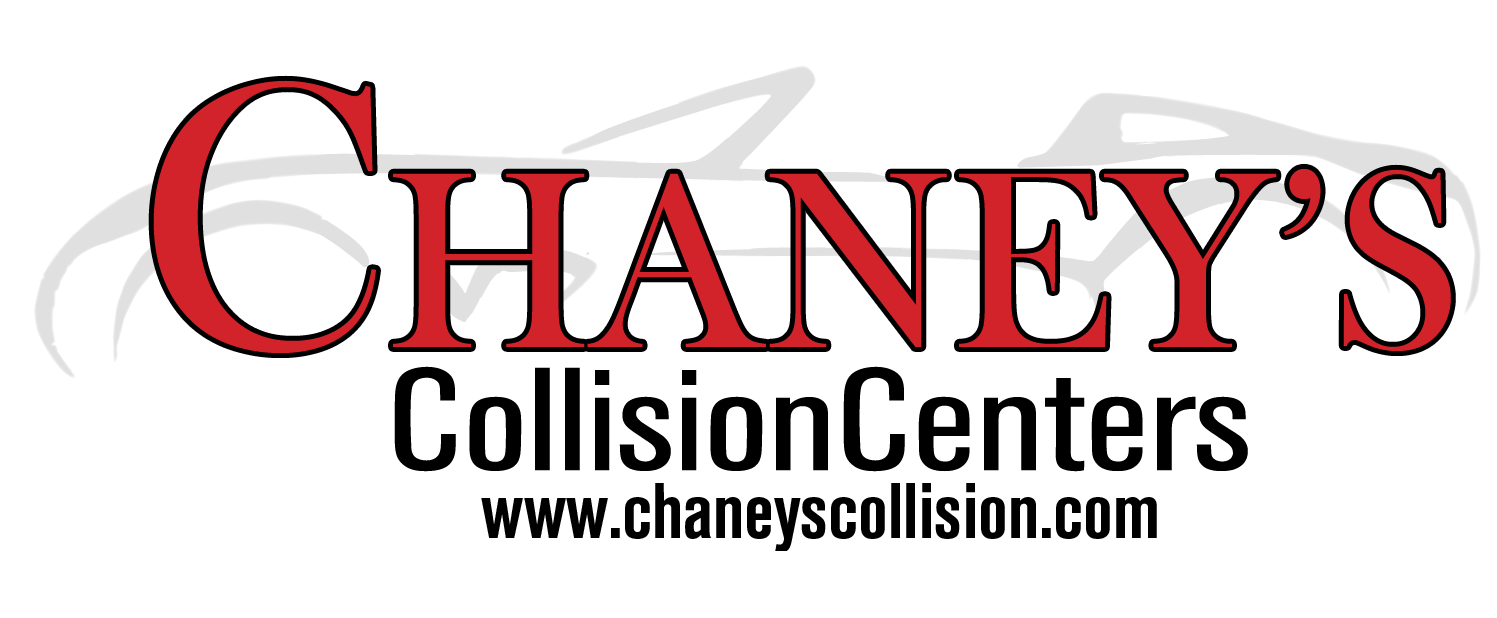How to Safeguard Your Vehicle from Further Damage During Towing
 Towing a vehicle, whether it’s to a repair shop or a storage facility, can be a risky process if not done correctly. At Chaney’s Collision Centers, we understand the importance of protecting your vehicle from additional damage during towing. Here’s a comprehensive guide on how to ensure your vehicle remains safe and secure throughout the towing process.
Towing a vehicle, whether it’s to a repair shop or a storage facility, can be a risky process if not done correctly. At Chaney’s Collision Centers, we understand the importance of protecting your vehicle from additional damage during towing. Here’s a comprehensive guide on how to ensure your vehicle remains safe and secure throughout the towing process.
Understanding the Risks of Towing
There are several risks with towing. First, it can become a hazard to other road users if you don’t secure the vehicle. Second, poor towing techniques can cause damage to a vehicle’s suspension and transmission.
Legal and Safety Considerations
You’ll find most states have laws about towing. Failing to comply with them will result in fines and penalties, so pay attention to your state’s rules.
Best Practices for Safe Towing
Using the correct towing equipment is crucial for preventing damage. This includes tow dollies for front-wheel drive vehicles, tow bars for flat towing, and tow trailers for all-wheel drive or rear-wheel drive vehicles. Ensure that all equipment is compatible with the weight and size of the vehicle being towed.
Always adhere to the manufacturer’s guidelines for towing capacity and weight limits. Exceeding these limits can strain the towing vehicle’s engine, transmission, and brakes, potentially leading to overheating or brake failure.
Before towing, inspect the equipment for any signs of wear or damage. Replace any worn-out parts to prevent failures during transit.
Ensure that the towing equipment is positioned correctly to keep the vehicle level and stable. This helps prevent swaying and reduces the risk of damage to the vehicle’s body or suspension.
Safety chains are essential for securing the vehicle to the towing vehicle. They should be crossed under the tongue of the trailer and connected to the hitch receiver, providing an additional layer of safety in case the hitch fails.
Pre-Towing Checks
Before towing, ensure the vehicle is in neutral gear and the parking brake is off. Unlock the steering to prevent damage to the steering column during transit.
If the vehicle is being towed with additional items, such as tools or spare parts, ensure they are securely fastened to prevent shifting during transport.
Be aware of road conditions and adjust your towing speed accordingly. Avoid sudden stops or sharp turns, which can cause the vehicle to sway or detach.
Conclusion
Safeguarding your vehicle during towing requires careful planning and attention to detail. By using the right equipment, following manufacturer guidelines, and conducting thorough pre-towing checks, you can minimize the risk of further damage.
At Chaney’s Collision Centers, we are committed to providing expert advice and services to ensure your vehicle is protected throughout the towing process. Whether it’s a routine transport or an emergency tow, our team is dedicated to delivering safe and reliable solutions that preserve your vehicle’s integrity.
